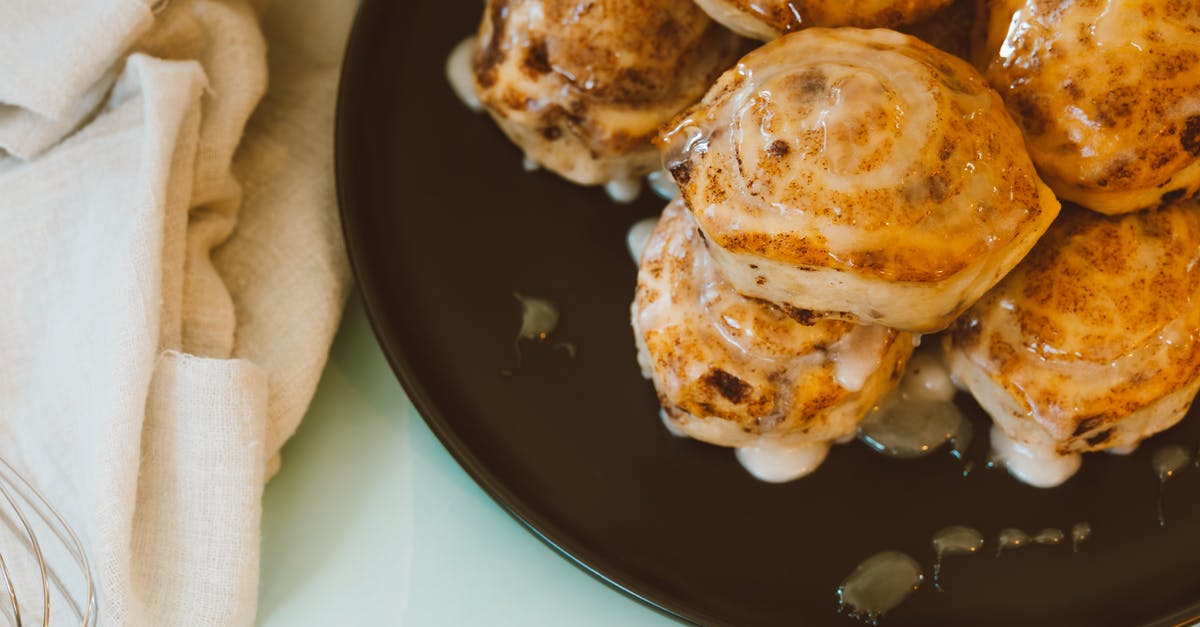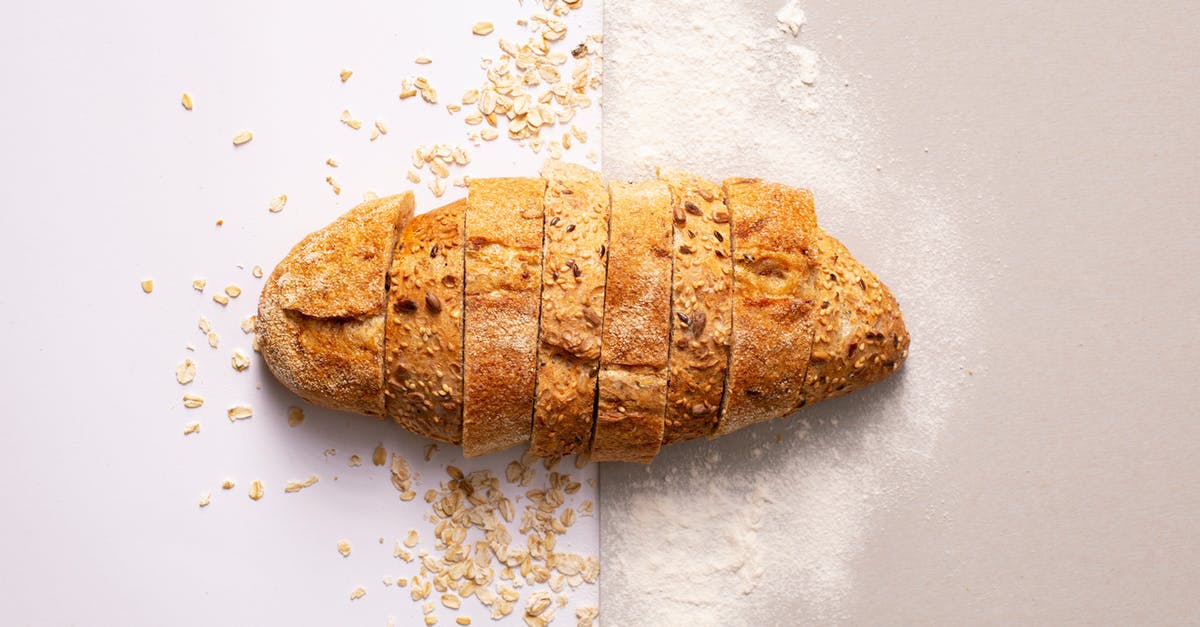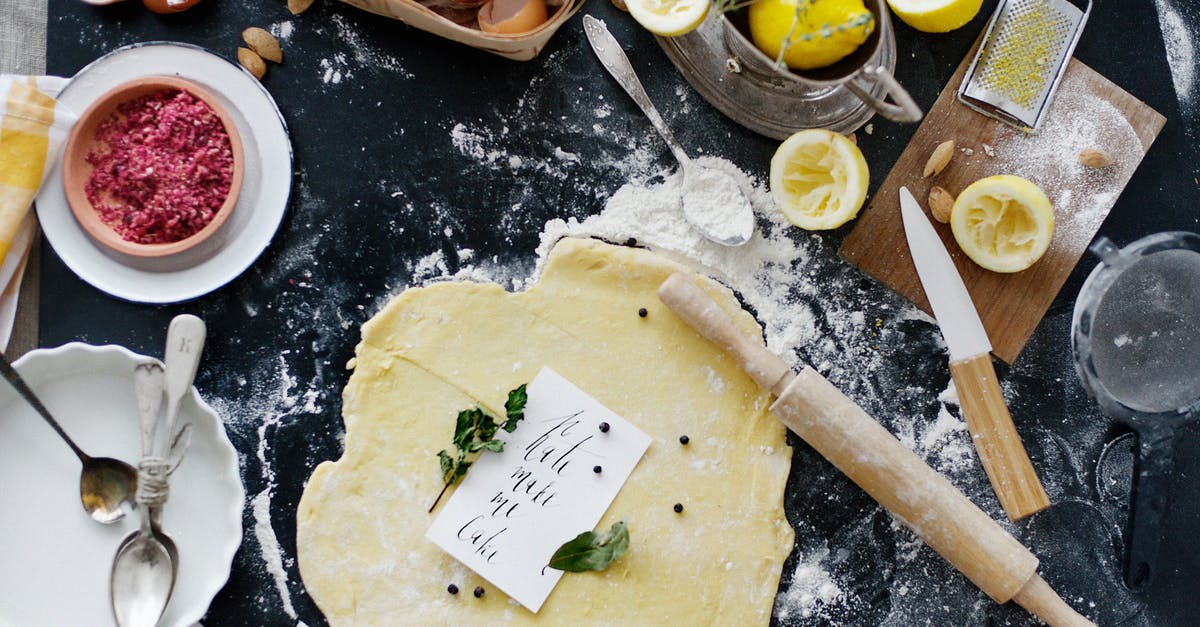bread dough always too sticky

I have two recipes for bread; one is Julia Child's Sandwich bread and the other is honey wheat bread using the recipe on the back of the King Arthur wheat flour bag (can't find the recipe online for some reason).
I've made both breads twice and I have the same problem: the dough is always too sticky. When mixing the ingredients together, it looks like dough but almost like a batter (if that makes sense). But as soon as I try to knead it, it becomes super sticky, getting stuck on my hands and work surface the more I try to work with it. So I ended up adding A LOT of flour to get it manageable, sometimes almost double what the recipe calls for. And even then, it starts to stick to me so I add more flour. The last time I made the breads, I used a stand mixer and after 4 minutes the dough was becoming more batter-like and drooping from the dough hook, so I ended up kneading it by hand (and adding a lot of flour).
Yes my bread always ends up a crumbled mess when I try to cut it and I know I shouldn't be adding so much flour but I don't understand why my dough is so liquidy that I have to add more flour.
I have done a few different things. Like using less water at the start and sifting the flour before using it, and I even made it at different times of the year (summer vs winter in south-central US), and the dough is always too liquidy.
Someone told me I should wait awhile for the flour to absorb the water before I start kneading it (by hand or in a stand mixer) but I'm worried that would affect the yeast.
I'm also a novice baker (I guess you could call bread making baking?) but I run into wet dough issues all the time, and I'm wondering if anyone has any ideas what I'm doing wrong (aside from adding way too much flour for kneading).
For reference, I always do the scoop and level method and use the same measuring cup for measuring water.
Edit: thank you all for the tips and suggestions! I've never used an actual cookbook or used any books for cooking, just online and occasionally videos. So I will definitely look into getting a book for properly making bread especially.
Best Answer
There are many potential causes, it is impossible to say which one (or maybe multiple ones) is the problem in your case.
- Wrong measuring. The only way to exclude that for sure is to start baking by weight.
- Wrong flour. You mention that you are in the southern US, I have some vague memory reading that they use bread terms a bit differently. Look at your flour package and make sure that it lists at least 9.5% protein. But if you want to have it easier, I suggest making it with bread flour (11-12% protein). Also, these recipes are made for standard wheat flour, don't do any substitutions.
- novelty. Maybe you are simply not accustomed to working with doughs on the wetter side. Especially if an elderly relative taught you to make stiffer doughs by hand, they may have told you to do it without measuring and just add flour until it stops being sticky. Many bread recipes are made with doughs that are sticky during work. If you want to start using them, you will have to get accustomed to them. If not, just disregard any recipe above 70 or 75% hydration.
- wrong kneading process. Maybe you are kneading for too little time, or not resting properly.
I am uncertain how to interpret your descriptions, and whether it is predominantly the novelty factor or a problem with the dough. "super sticky, getting stuck on my hands and work surface" - for the Julia Child recipe, this is not super sticky, it is normal for dough with 83% hydration and some butter to stick during initial mixing. "batter-like and drooping from the dough hook" - if it was a ball that was slowly drooping from the hook of a turned-off mixer, then it wasn't batter like. Or did you mean that it was dripping from the hook?
In any case, it seems that you are not getting the results you want, and your attempts at troubleshooting are not helping. So, I would suggest to stop using shorthand recipes from random sites, and learn making bread from a book that describes the whole process of making the dough, proofing it and baking it, as well as containing proven recipes and info on proper troubleshooting. Once you have gathered this initial knowledge, you can start hunting for additional recipes again.
Pictures about "bread dough always too sticky"



Quick Answer about "bread dough always too sticky"
If your dough is so sticky that it sticks to everything, you need to add a little flour to it. As you are kneading it, make sure that your hands and your work surface are coated in a light dusting of flour, and add a few teaspoons of flour at a time. This will get rid of the stickiness.Why is my bread dough always so sticky?
Why is my dough so sticky? Your dough can become sticky when you add too much water or the flour isn't suitable for the type of dough you are making. Over proofing or fermenting the dough can also result in the gluten structure weakening causing sticky dough.What happens to bread if the dough is too sticky?
Too much flour and not enough water can cause crumbly bread \u2013 people often do this if the dough is too sticky and they add more flour rather than kneading through it. Other culprits can be overproving or not kneading enough \u2013 the things you need to do to get a good structure.Does kneading dough make it less sticky?
You want your dough to be at least a little sticky when you're kneading it. As you knead it and develop more gluten, it's going to become less sticky and more easily pull away from your work surface, so there's no need to add any more flour at this stage.88: WHY is My Dough STILL STICKY? - Bake with Jack
More answers regarding bread dough always too sticky
Answer 2
Letting the flour absorb the water can mean a few things depending on the exact method, but it's usually good, and can be done before adding the yeast (and any other ingredients). That may help. The same dough can seem liquid and perfect with nothing in between except time (or firm and perfect, especially with lots of wholewheat flour).
I start in the stand mixer with a dough hook, mixing the flour and water until it just comes together, then wait half an hour before adding the rest of the ingredients and mixing further. If those ingredients are wet a further wait may help, but with that time delay for the gluten to develop the dough is sloppy, but it's still dough - it wouldn't pour like batter, you'd have to tear it.
I have hands that dough loves to stick to, and no longer handle bread dough with floured hands, instead using wet hands or a silicone spatula. My loaves tend be around the 75% hydration mark that rumtscho warns about, but this works for drier pizza dough too (at the kneading stage; I still flour my hands for shaping pizzas).
Answer 3
Stop adding more flour, and give the dough time to do its thing
My Dad (a retired professional baker) always swears by the "Mix everything to a sloppy mess, then go do something else for 15 minutes" method.
Basically, you add all the ingredients, mix by hand if it's just about manageable, or with a spoon if it isn't, then leave it for 15-30 mins
Over that time, the flour soaks up the water, the gluten structure starts to form, the salt dissolves. This all helps it to get more managable, and is really what would be happening in the first 10 mins of kneeding
You then pick it all up again, and ideally kneed it just by stretching it through your hands - don't worry about it sticking, as it'll start to come away from your hands after the gluten structure fully develops. It does take time to get used to working with sticky doughs, but they produce nicer bread!
I'd disagree strongly with worrying about flour types, if the flour's fresh etc - I've made chibatta dough that is basically liquid, and it still turns into good bread. There's a time to worry about flour types, and it's after you're fine with working with the dough.
Answer 4
You might try keeping your hands wet instead of dusting them with flour. I've used wet hands to fold extremely wet bread dough.
Answer 5
The main ingredient of Bread is TIME
...and good measuring
Good bread needs time. Time for the yeast to provide air. Good bread "goes" at times more than it is in the oven!
A good mix I have learned from a baker that gives a dough that isn't runny I found is working for most sorts of flour. It's simple:
- one cube of fresh yeast
- 300 ml warm water.
- 1 tablespoon of sugar
- Prepare this mix.
- 500 grams of flour
- Add in the yeast mix
The 300 ml of water per 500 g of flour is essential here. Not more, not less. More water makes the dough too runny, too little makes it super hard to knead.
Now, you need to mix this vigorously with a dough hook. Mix till the resulting dough gets sticky between two fingers and no lumps of flour remain. Depending on the flour used, this can be earlier or later, but you will mix at least several minutes. It doesn't matter how the dough kneads at this stage. It just needs to be sticky and well mixed.
Now, Covering the yeasted flour up in a high bowl, put it into a warm spot. Like onto a heater or into the sun. Forget about your dough. Go away and just let the yeast have some 20 minutes or even an hour (or more) of alone time. The more, the more air it will make. And the less Gluten there will be. Some bread doughs require 8 hours in this stage to be perfect!
Once you go back to your dough, give it a proper beating and kneading. Use flour on your fingers and the surface you use for the kneading. Some flours will be stickier than others at this stage, or more or less runny. But they all are workable. If it's still too fluid, just knead in more flour via the surface.
Answer 6
Looking at the JC recipe, it is not a high-hydration dough meaning as it is only 65% water or so. As others have said, weigh the ingredients and use quality ingredients like King Arthur flour. Do not make substitutions at this stage. KAF Bakers hotline is also helpful and they know their recipes and ingredients. Use them.
Answer 7
I have made thousands of batches of bread dough, both at home and professionally.
Stickiness is all about hydration (the ratio of water to flour), with a bit of effect by way of fat content, but that is usually so low as to not be a noticeable reason. A good, basic bread dough does not have to be sticky. (Some, such as the best English muffin dough I have ever made, are very sticky and take practice to handle.)
If your dough is too sticky, using a measuring cup for the flour is not the problem. The problem people almost invariably run into when measuring flour by volume is not the water absorbed from the air, but from packing too much flour in. That would make your dough drier -- not stickier. If you lightly spoon the flour into a measuring cup and knife off the extra (with blade tilted in such a way that you are scraping the excess up and away, rather than pushing it down and into the cup), you will be fine.
The whole idea that weighing flour is somehow superior to measuring it by volume is questionable, at best. Apparently, people aren't considering that 454 grams (one pound) of "flour" kept in a somewhat humid environment has a higher water content than that kept in drier conditions. That means that you're getting less of the solids (including the proteins that make gluten) -- and added, unaccounted-for water -- per pound in high humidity.
When you measure by volume, gravity will cause inescapable packing of "wetter" flour, meaning that you're probably going to end up with very close to the intended amount of flour solids at any time of year -- but a little extra water, too. When it's humid and I'm making a batch of dough that normally calls for 10 1/2 ounces of water, I'll cut it down to 10 or maybe even 9 1/2 ounces.
I have used both mass and volume measurements with a high degree of consistent success. (Even intermixed -- pounds of flour with quarts of water...) Because of variables you cannot possibly measure exactly (such as the exact protein or water content in a particular batch of flour), don't sweat the details. What you need is a good starting point: good ingredients and a recipe that you know to be good. Once you have that, purposely use a little less flour than the recipe calls for, get it thoroughly mixed, then add flour a little at a time until you achieve the desired consistency.
Thoughts: If your bread is always a crumbled mess, that implies lack of gluten development. If you were forced to give up on developing the gluten through kneading and/or time, that could have affected it. Also, it could be because you added a lot of extra flour to the wet dough -- but did not add more fat. (It's fat that makes the bread moist.) Another thing is the yeast. If your yeast was good, about the only thing that will kill it is heat. Use water no hotter than 125° F to be on the safe side. Tepid (body temperature) water is fine. Much below that will only slow the first rise -- but will allow superior gluten and flavor development!
If you give me the exact measurements and ingredients (brand, type) that you used, I can probably tell you what went wrong. In any case, good luck. Homemade bread is one of the most sensuously satisfying things to come out of the kitchen. Just don't make and eat too much of it, as I have over the years. All those carbs are not good for your health.
Sources: Stack Exchange - This article follows the attribution requirements of Stack Exchange and is licensed under CC BY-SA 3.0.
Images: Jess Loiterton, Mariana Kurnyk, Igor Ovsyannykov, Daria Shevtsova
